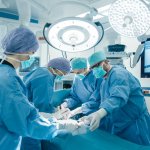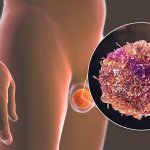
News • Study shows potential to reverse paralysis
Another step towards regeneration after spinal cord injuries
Swiss scientists report that they have developed a gene therapy that was proven in mice to stimulate nerve regrowth across spinal cord injuries and guide nerves to reconnect to their natural targets.


























